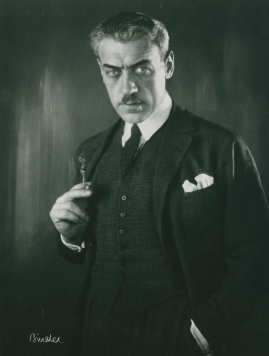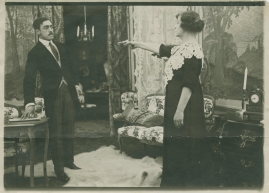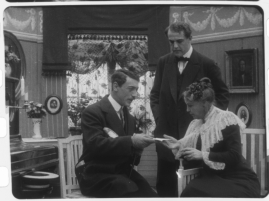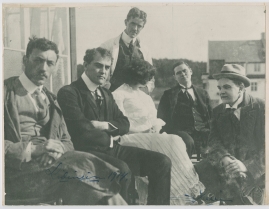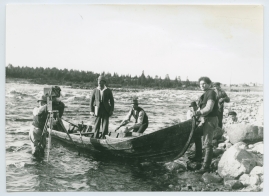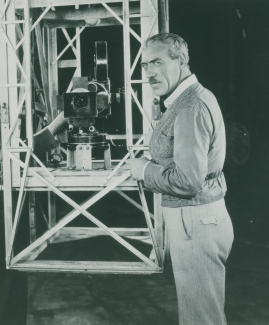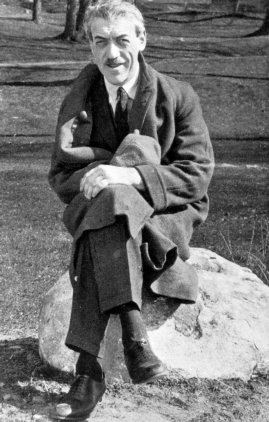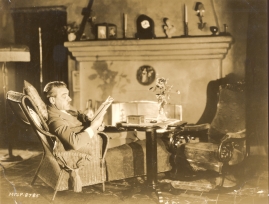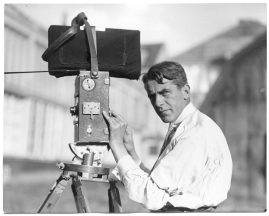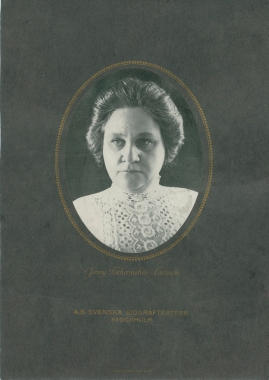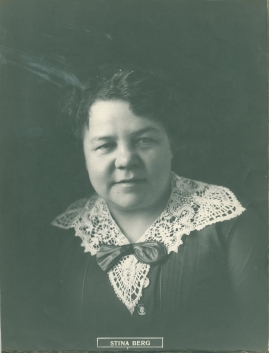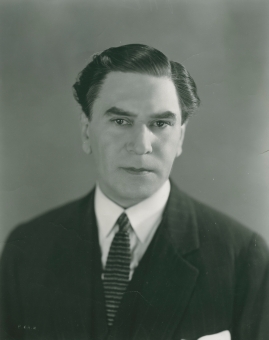Mauritz Stiller
Table of contents
- Basic facts
- Links and resources
- Biography
- Awards
- Films
- Original work
- Soundtrack listing
- Groups
Basic facts
Media (8)
| Alternative names |
|
|---|---|
| Director |
|
| Screenplay |
|
| Show all films |
Biography
Director, scriptwriter and actor. Born in Helsinki, Finland. Died in Stockholm, Sweden. Original name Moshe Stiller.-Mauritz Stiller (1883-1928) is alongside Victor Sjöström the biggest name in Swedish silent cinema. Stiller grew up in a Russian-Jewish family in Helsinki, Finland, but left for Sweden were he worked in the theatre, both as an actor and as a director. In 1912 he was hired by Charles Magnusson to direct films for Svenska Biografteatern. Just like his colleague Sjöström, Stiller was very prolific in his first years as a film director. During 1912-16 he...
Links and resources
Biography
Director, scriptwriter and actor. Born in Helsinki, Finland. Died in Stockholm, Sweden. Original name Moshe Stiller.
-
Mauritz Stiller (1883-1928) is alongside Victor Sjöström the biggest name in Swedish silent cinema. Stiller grew up in a Russian-Jewish family in Helsinki, Finland, but left for Sweden were he worked in the theatre, both as an actor and as a director. In 1912 he was hired by Charles Magnusson to direct films for Svenska Biografteatern. Just like his colleague Sjöström, Stiller was very prolific in his first years as a film director. During 1912-16 he directed no less than 34 films, in different genres. The most remarkable of these early films was Vingarne / The Wings (1916), an adaptation of Danish writer Herman Bang’s novel Mikael. Stiller added a framing structure to the story, showing the production of the film itself and how it is received by critics and audience.
This self-reflexive element is also present in Stiller’s Thomas Graals bästa film / Thomas Graal’s Best Film (1917) and Thomas Graals bästa barn / Thomas Graal’s Best Child (1918), both starring Sjöström in the title role. After making these two comedies, Stiller directed what is arguably his finest work, the excellent Herr Arnes pengar / Sir Arne’s Treasure (1919), after a story by Selma Lagerlöf about greedy Scottish mercenaries in the Swedish army during the reign of King John III. The characteristic trait in Swedish silent films at the time, the interaction between Man and Nature, was taken to new heights by Stiller in Sången om den eldröda blomman / Song of the Scarlet Flower (1919) and Johan (1921). Both films were shot on location in northern Sweden, and both had spectacular downstream log-riding sequences as dramatic climaxes.
With Erotikon (1920), an elegant comedy about infidelity in Stockholm’s upper classes, Stiller excelled in ironic storytelling (not least thanks to the ingenious use of ambigious and funny inter-titles, designed by Alva Lundin), and the film confirmed Stiller’s postion as a major director, both domestically and internationally. After Gösta Berlings saga / The Saga of Gösta Berling (1924), Stiller’s last Swedish film, he and the film’s star Greta Garbo left for Hollywood. Stiller was involved in the production of four American silents, but Hotel Imperial (1928) was the only one over which he maintained artistic control. He returned to Sweden and died shortly afterwards, never recovering from pneumonia.
Jon Wengström (2007)
Films
Groups
| Stiller och C:o ((författarkollektiv)) |
| Alexander Vichetos (Författarkollektiv.) |
